Diastasis Recti: Everything You Need To Know
If you are pregnant or postpartum and your stomach seems to be protruding more than normal, you may have diastasis recti. Diastasis Recti is a common condition in pregnancy, affecting approximately 30 percent of women, in which the abdominal muscles widen causing the stomach to stick out or create a bulge. Although in many cases the abdominal separation will resolve on its own, it is important to identify the condition so that you do not engage in any activities or exercises that may worsen the separation. Here’s everything you need to know about Diastasis Recti and pregnancy and what you can do to heal it.
What causes Diastasis Recti?
Diastasis Recti is the result of a combination of the uterus growing and putting pressure on the abdominal wall and pregnancy hormones that cause softening of the connective tissue. When the abdominal muscles are stretched, the uterus, bowels and other organs are left with only a thin layer of tissue to hold them in place. This results in the stomach bulging out. You are more likely to suffer from Diastasis Recti if you have had multiple children, have large babies or are having multiples. It is also more common over the age of 35.
How does Diastasis Recti affect pregnancy?
While you may not be bothered by a protruding stomach during pregnancy, the symptoms of Diastasis Recti can be uncomfortable. Common symptoms include back pain, difficulty breathing, pelvic floor problems, urine leakage and constipation. Diastasis Recti can also make a vaginal delivery more difficult as you will not have the same muscle support. In rare cases, Diastasis Recti can lead to a hernia.
How do I know if I have Diastasis Recti?
To determine if you have Diastasis Recti, you can conduct a self-abdominal separation test. To do this:
- Lay on your back with your feet flat on the floor and knees bent.
- Place one hand behind your head and the other on your abdomen. Your fingers should be parallel to your waistline at belly button level.
- Gently press your fingers into your abdomen.
- Roll your upper body off the floor into a crunch sit-up.
- Feeling across your midline, find the right and left side of your abdominal muscles and test for separation at, above and below your belly button.
You may have Diastasis Recti if:
- You detect a gap that is more than 2.5 inches when your abdominal muscles are contracted.
- The gap does not shrink as you contract the abdominal muscles.
- There is a protrusion along the length of the midline of your abdomen.
What should I do if I have Diastasis Recti?
You may not recognize the presence of Diastasis Recti until after you deliver when your stomach seems to still protrude several months postpartum. At this point, what you do NOT do is as important as what you do do in healing your abdominal separation.
- Do NOT strain your stomach muscles by lifting heavy objects or when constipated.
- Do NOT do exercises that utilize your stomach muscles such as sit-ups, crunches, push-ups or planks.
- Do NOT engage in any exercises on your hands and knees.
Although it may seem like a good way to restore your stomach strength after pregnancy, all of the above exercises and movements can actually worsen the degree of separation between the abdominal muscles.
While minor Diastasis Recti will likely resolve on its own over time, if you are concerned or are considering becoming pregnant again, seek the help of a physical therapist. A physical therapist can guide you through exercises that are safe for the condition and will aim to strengthen your traverse stomach muscles without further separating the outer abdominal wall. Exercises may involve a belly splint or Pilates and can be effective at reducing the separation. If the separation is too great and rehabilitation is ineffective, you can undergo abdominoplasty surgery to correct the problem.
Although Diastasis Recti may be unavoidable for many women, the best way to reduce your chances of it happening is to strengthen your abdominal muscles before becoming pregnant. Strong core muscles going into pregnancy will be less likely to separate due to the pressure of the growing uterus. It should be noted though that ALL women will experience some degree of diastasis in their third trimester as the baby grows. For questions about Diastasis Recti, pregnancy or natural childbirth, contact Health Foundations for a free consultation with a midwife and for a tour of our Birth Center.
Postpartum Core Training:
Brio Fitness for Woman leads a postpartum core training class at Health Foundations to help with Diastasis Recti. This is a gentle and informative series of classes that will walk you through the foundation of re-training your core after a pregnancy. Yoga, strength training, light cardio, and deep core work will be included in every class. You will also be given "homework" that you can do throughout each week. This series is for new and veteran mamas alike and is designed especially for women who have diastasis recti.

